hi,
For school I am building a custom speaker enclosure.
I am really after general tips, I have taken screen shots of my designs.
http://i148.photobucket.com/albums/s15/damnthissite_bucket/speakersiso.jpg
http://i148.photobucket.com/albums/s15/damnthissite_bucket/topofspeakers.jpg
I need to know how to seal enclosure, and any other essential things I must do.
For school I am building a custom speaker enclosure.
I am really after general tips, I have taken screen shots of my designs.
http://i148.photobucket.com/albums/s15/damnthissite_bucket/speakersiso.jpg
http://i148.photobucket.com/albums/s15/damnthissite_bucket/topofspeakers.jpg
I need to know how to seal enclosure, and any other essential things I must do.
delichick,
You can seal it by making sure the joints are tight and true and then using some sort of silicone sealant such as RTV on them and speaker gaskets or sealant around the speakers. When they are playing, you shouldn't feel air being pushed out of any seems, which is usually noticeable during bass notes if it's happenning.
Other than that, I'd say make sure your baffles and the rest of the enclosure is heavy/dense/thick enough to be completely rigid as the speakers are playing.
Others on this forum know a lot more, so hopefully they'll be chiming in soon.
Best wishes on your project !
Mike
You can seal it by making sure the joints are tight and true and then using some sort of silicone sealant such as RTV on them and speaker gaskets or sealant around the speakers. When they are playing, you shouldn't feel air being pushed out of any seems, which is usually noticeable during bass notes if it's happenning.
Other than that, I'd say make sure your baffles and the rest of the enclosure is heavy/dense/thick enough to be completely rigid as the speakers are playing.
Others on this forum know a lot more, so hopefully they'll be chiming in soon.
Best wishes on your project !

Mike
delichick said:hi,
For school I am building a custom speaker enclosure.
I am really after general tips, I have taken screen shots of my designs.
You can make the curved ends with kerf-cut MDF. Some experimentation on kerf spacing to get your desired radius without breaking may be required. You don't have dimensions listed - if small enough I'd probably try to use a single piece of MDF for the top/bottom with a joint at the apex and just build a bigger table saw sled to support the work when kerf-cutting. If that got too awkward three pieces of MDF would be my choice - a pair which run from the apex arround to the enclosure dividers on the bottom with one between them. With three pieces that need to match cut them without moving your table saw fence so they're exactly the same, and trim the center piece to fit (you can use plastic or brass shim stock against a stop on your cross cut sled to incrementally knock .005-.010" off at a time). I'd make the front and back over-sized by 1/8th inches and trim to fit using a router and flush trim bit.
I need to know how to seal enclosure, and any other essential things I must do.
Good joints with yellow wood glue will be air tight. Foam weather stripping around the drivers.
thanks for the replies so far. I'm new to the whole speaker thing as this is my first build, so I might need things in lamens terms
dimentions are 1.2 meters long, the curved ends have a diameter of 150mm, and the apex it 200mm tall. about 200mm deep.
front and back panels are vic ash (hardwood) along with the dividers.
the clear section will be perspex.
I would love more detail about the sealing arounf the speakers.
as the design is see through, everything as so not be an 'eye sore'.
dimentions are 1.2 meters long, the curved ends have a diameter of 150mm, and the apex it 200mm tall. about 200mm deep.
front and back panels are vic ash (hardwood) along with the dividers.
the clear section will be perspex.
I would love more detail about the sealing arounf the speakers.
as the design is see through, everything as so not be an 'eye sore'.
trusound said:just go translam... so much easier IMO.. and you will get a better end result...
please explain translam and IMO.
also if it is important I have bought the speakers from jaycar, specifically models CS 2370 x2 and CS2372 (in the jaycar catalog p. 278 and 395 respectively).
both are manufactured by response precision.
both are manufactured by response precision.
Here one of the trans lam (trans lamination)
http://www.diyaudio.com/forums/showthread.php?s=&threadid=128394&highlight=
http://www.diyaudio.com/forums/showthread.php?s=&threadid=128394&highlight=
How did you decide on those drivers, and the box volume? -
frankly, they aren't a good combination (co-ax car speakers - you'll end up with comb filtering and little bass),
and are expensive.
I'd go for CW2196 + CT2005, and ask here for help with the crossover + box size (50L 😀 ); you'll end up with a much better sounding & cheaper set of speakers...
frankly, they aren't a good combination (co-ax car speakers - you'll end up with comb filtering and little bass),
and are expensive.
I'd go for CW2196 + CT2005, and ask here for help with the crossover + box size (50L 😀 ); you'll end up with a much better sounding & cheaper set of speakers...
I usually use some PVA glue to seal the box - just run it around on the inside where the panels meet. If you want it to look nicer, use PVA glue, then, when it's still wet, get some damp kitchen roll, and go along it, so you'll get a 1/4 circle effect.
Around the speakers, a foam gasket works well, or, if it's permanent, silicone will do the job (just make sure it stays where it should).
I think I've missed something here - no drivers were mentionned.
For drivers, I'd advise Visaton (fairly cheap, reasonable sound), but it all depends on budget.
Chris
Around the speakers, a foam gasket works well, or, if it's permanent, silicone will do the job (just make sure it stays where it should).
I think I've missed something here - no drivers were mentionned.
For drivers, I'd advise Visaton (fairly cheap, reasonable sound), but it all depends on budget.
Chris
delichick said:also if it is important I have bought the speakers from jaycar, specifically models CS 2370 x2 and CS2372 (in the jaycar catalog p. 278 and 395 respectively).
both are manufactured by response precision.
This is an excellent and beautiful example of translam... with this technique... you can come up with any shape imaginable... yes it's a little more work initailly... but IMO you save time in the long run and come out with a way better end result..
here are some of my translam projects..



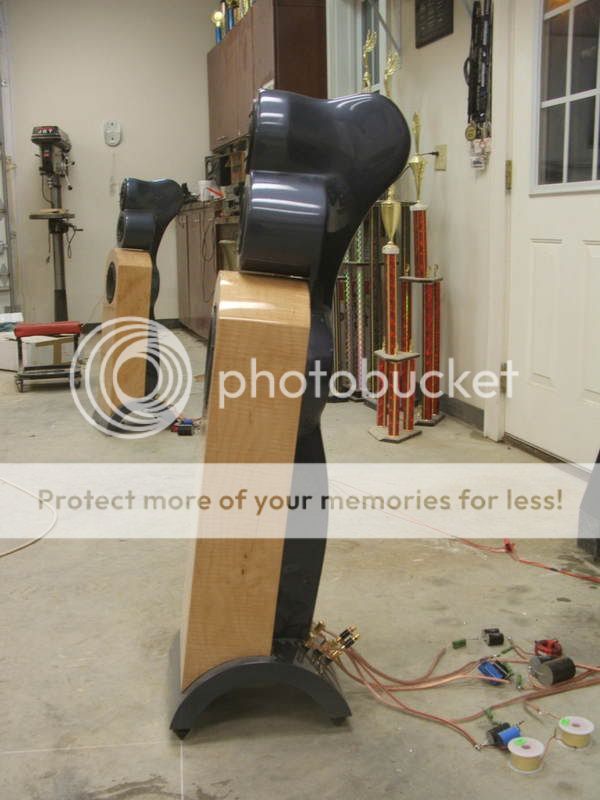
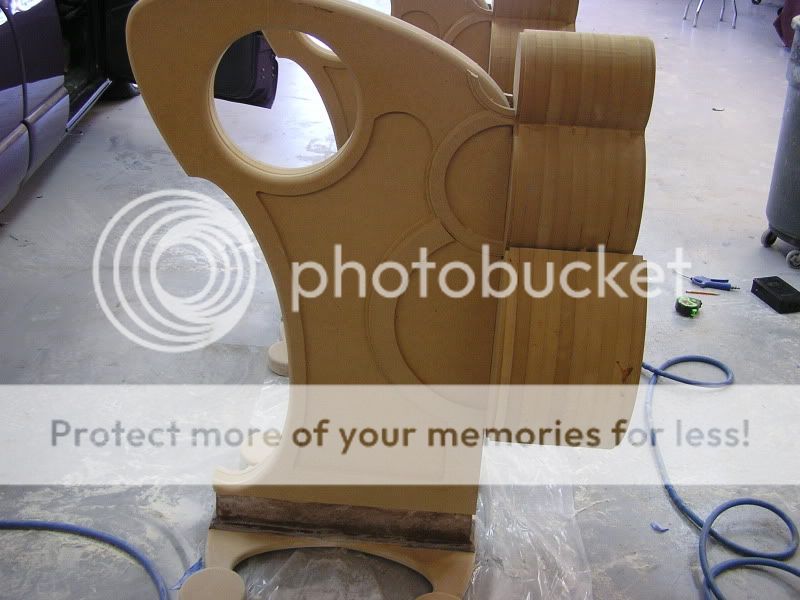
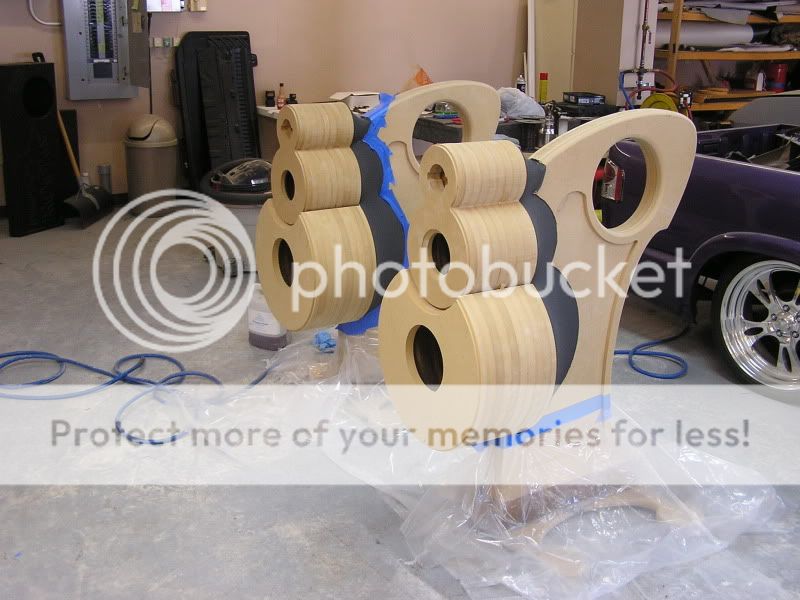
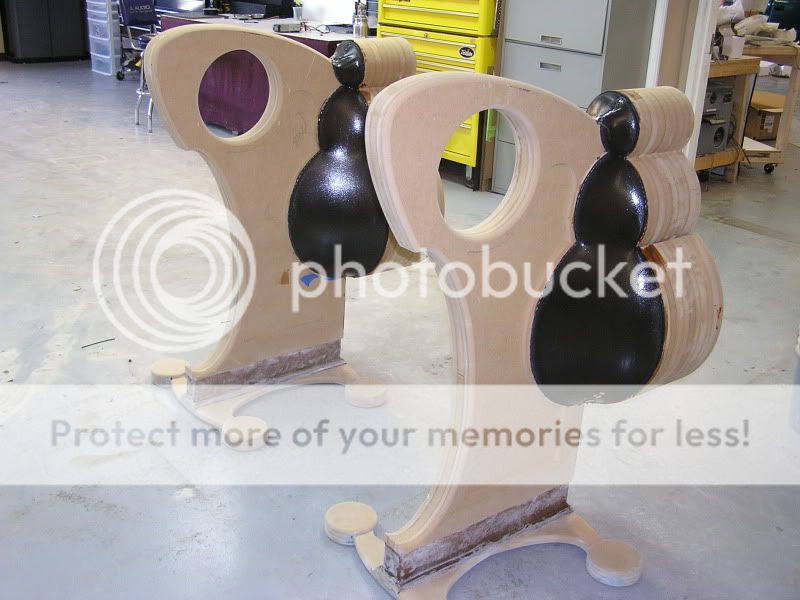
Some very basic principles behind speaker design that I think you should consider are as follows:
A- non parallel sides ( reduces internal standing waves which reflect back through the cone and create resonant peaks regardless of which drivers you use)
B- un-equal internal dimensions of bass unit cabinet- ( midrange also)
C- insert some type of internal deflection device at an angle to the plane of the driver. This helps to break up repeating internal sound patterns.
D- Drop the idea of a clear " see-through design"- You MUST have sound attenuating material inside the box to reduce internal reflections, otherwise your speakers will sound like you are inside a culvert and they will have very nasty resonant peaks.
E. Everthing must be rigid, the only thing that should vibrate is the cone of the driver, if you can feel your cabinet vibrate when placing a hand on it, it is acting like a speaker itself, which "smears" the sound waveform and hence the clarity.
F. Crossover design is VERY important, get a RTA ( real time analyzer) with test tones and pink noise generator- you can buy one online and download, it makes your computer sound card and display into a very decent test device. You will be AMAZED when you can SEE the results of different crossover component values. (Obviously you will need a decent microphone, a cheap microphone defeats the purpose of accurate test tones)
All speakers have a "voice" of their own, the trick is to minimize it and make a speaker "neutral" and eliminate any coloration through the above techniques-
A- non parallel sides ( reduces internal standing waves which reflect back through the cone and create resonant peaks regardless of which drivers you use)
B- un-equal internal dimensions of bass unit cabinet- ( midrange also)
C- insert some type of internal deflection device at an angle to the plane of the driver. This helps to break up repeating internal sound patterns.
D- Drop the idea of a clear " see-through design"- You MUST have sound attenuating material inside the box to reduce internal reflections, otherwise your speakers will sound like you are inside a culvert and they will have very nasty resonant peaks.
E. Everthing must be rigid, the only thing that should vibrate is the cone of the driver, if you can feel your cabinet vibrate when placing a hand on it, it is acting like a speaker itself, which "smears" the sound waveform and hence the clarity.
F. Crossover design is VERY important, get a RTA ( real time analyzer) with test tones and pink noise generator- you can buy one online and download, it makes your computer sound card and display into a very decent test device. You will be AMAZED when you can SEE the results of different crossover component values. (Obviously you will need a decent microphone, a cheap microphone defeats the purpose of accurate test tones)
All speakers have a "voice" of their own, the trick is to minimize it and make a speaker "neutral" and eliminate any coloration through the above techniques-
Hi Truesound!
How do you make a finish without any viewable layers from your box. Do you use polyesther or something different? The finis is sooo smooth
How do you make a finish without any viewable layers from your box. Do you use polyesther or something different? The finis is sooo smooth

I am not sure what True is using but a 2k Uretains will give you the same results as Polyester (or nearly the same in terms of durability).
None of this finishes are healthy but the performance is there.
Veneering also has to do with the fact that layers do not show.
None of this finishes are healthy but the performance is there.
Veneering also has to do with the fact that layers do not show.
sergeloc said:Hi Truesound!
How do you make a finish without any viewable layers from your box. Do you use polyesther or something different? The finis is sooo smooth
Thanks!!!
It's not hard.. it's just a little time consuming... I start off with a product called Duraglass.. I will cover the entire piece with a thin layer and block... and block... I then fill small dips and pin holes with Rage Gold... and block and block... notice a trend..lol
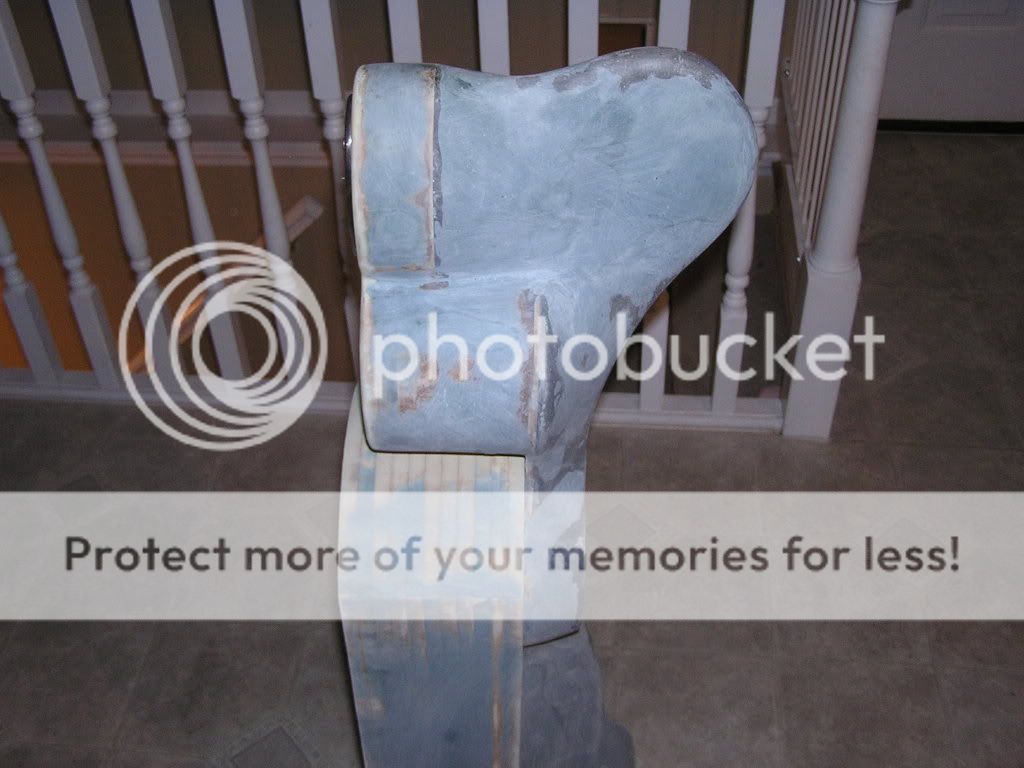
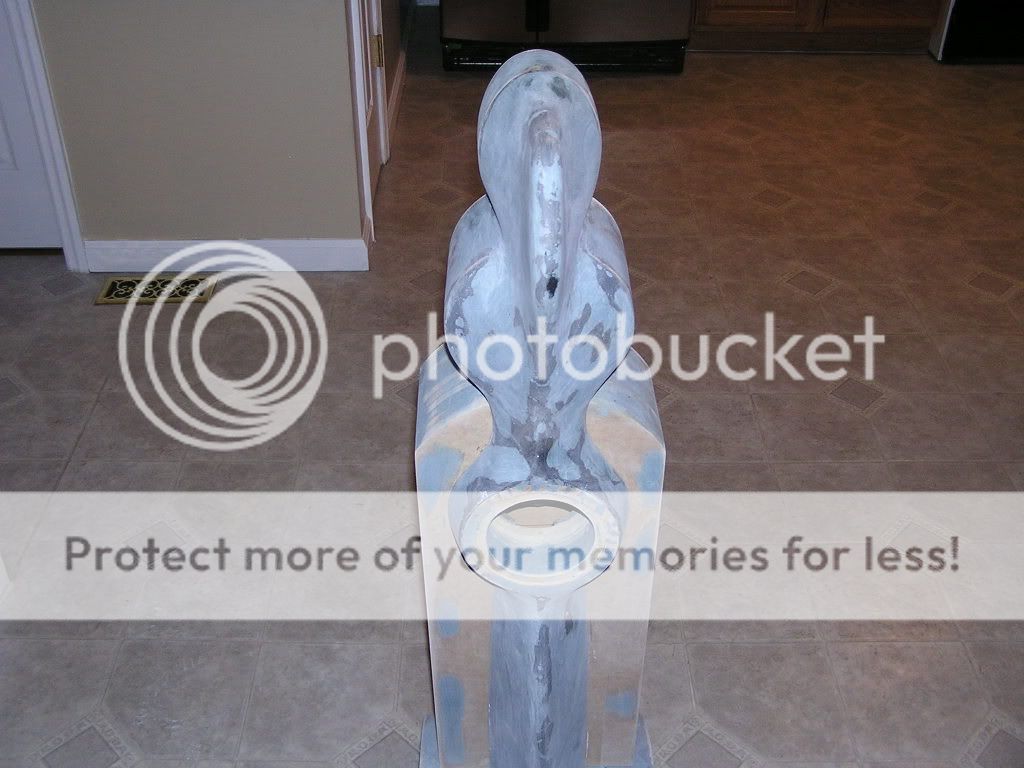
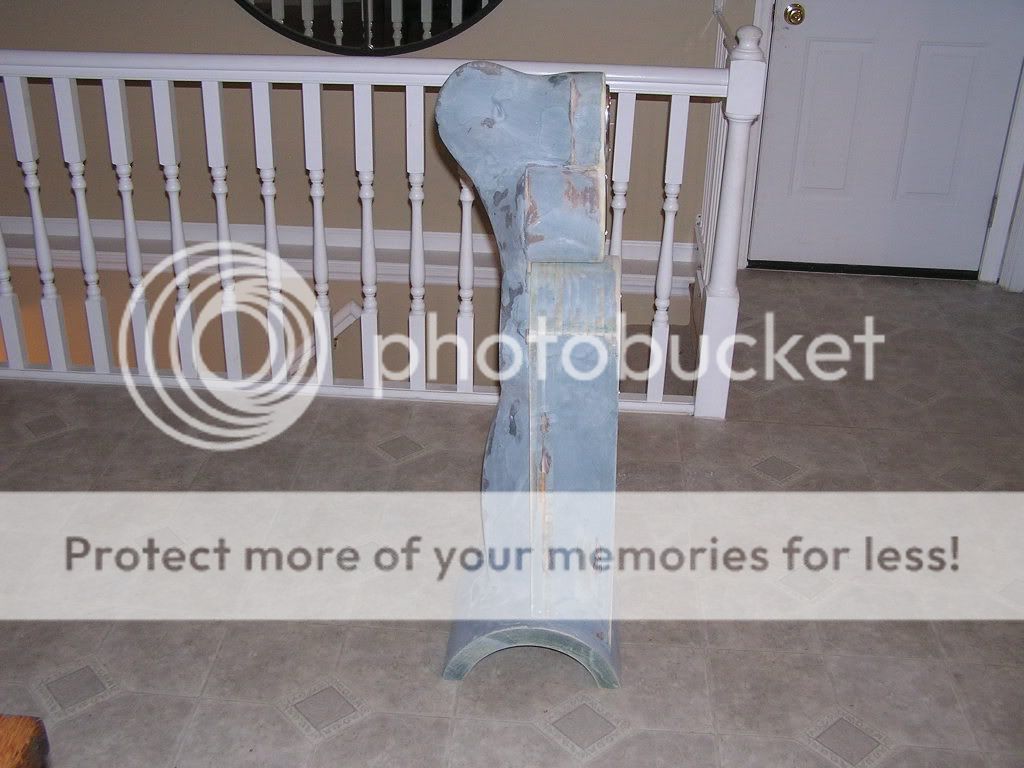
Then use a spray primer called Slick Sand, it's a high build polly primer... then block...and block and block..
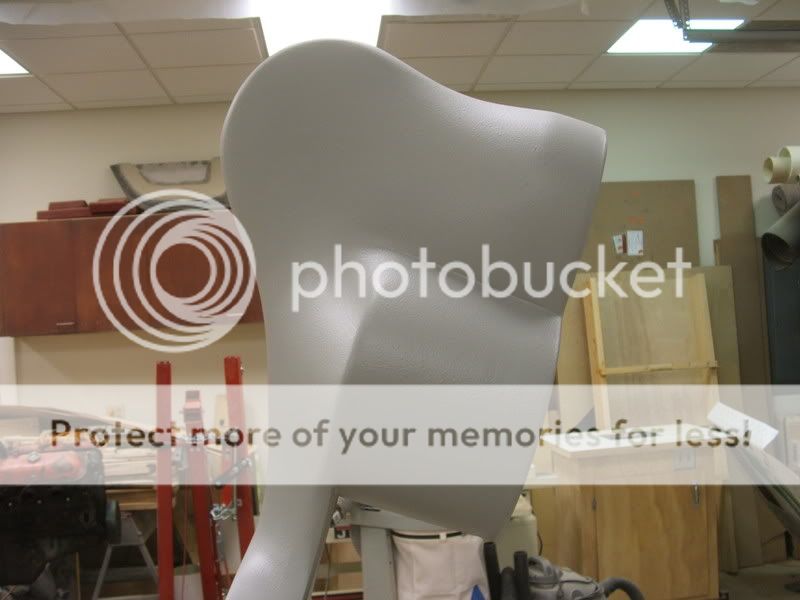
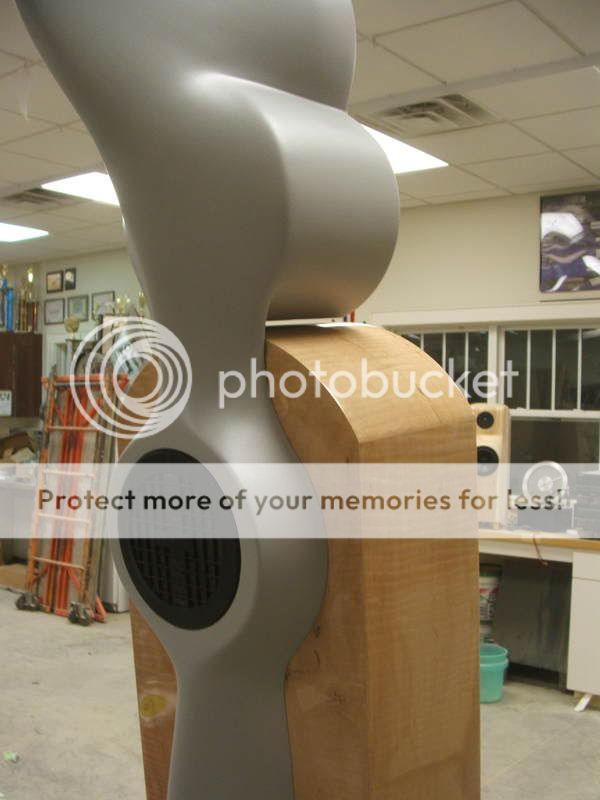
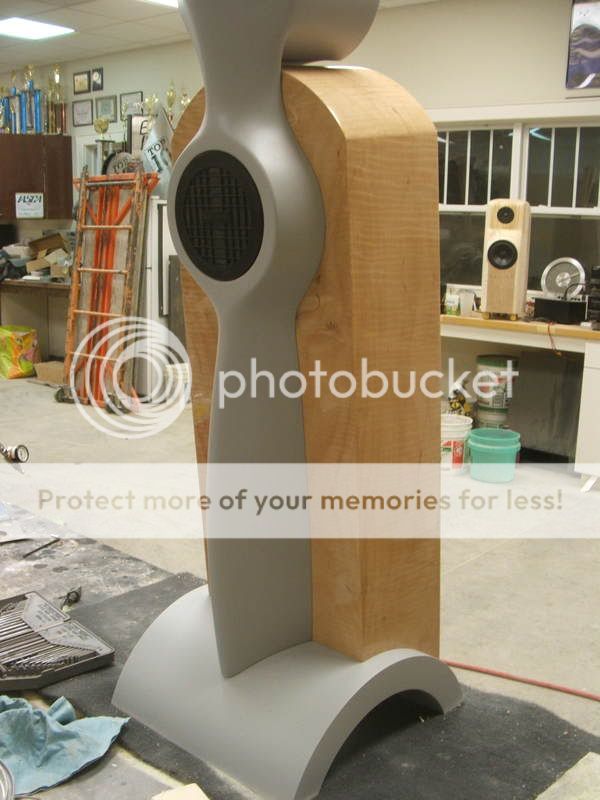
PeteMcK said:How did you decide on those drivers, and the box volume?
hi,
I was advised by the most experienced staff member at jaycar I could find, who seemed very knowledgable.
as for calculating the box volume, I used DIYsubwoofers.org,
which had all the necessary formulas.
asthetics is very important, and for the design to work it must be clear.
so unfortunatley I cannot do techiniques like tanslam.
I understand that hwat I am trying to do is ambitious, but I would love ideas that will help make it work, rather than move back into conventional speaker design.
- Status
- Not open for further replies.
- Home
- Loudspeakers
- Multi-Way
- Custom speakers